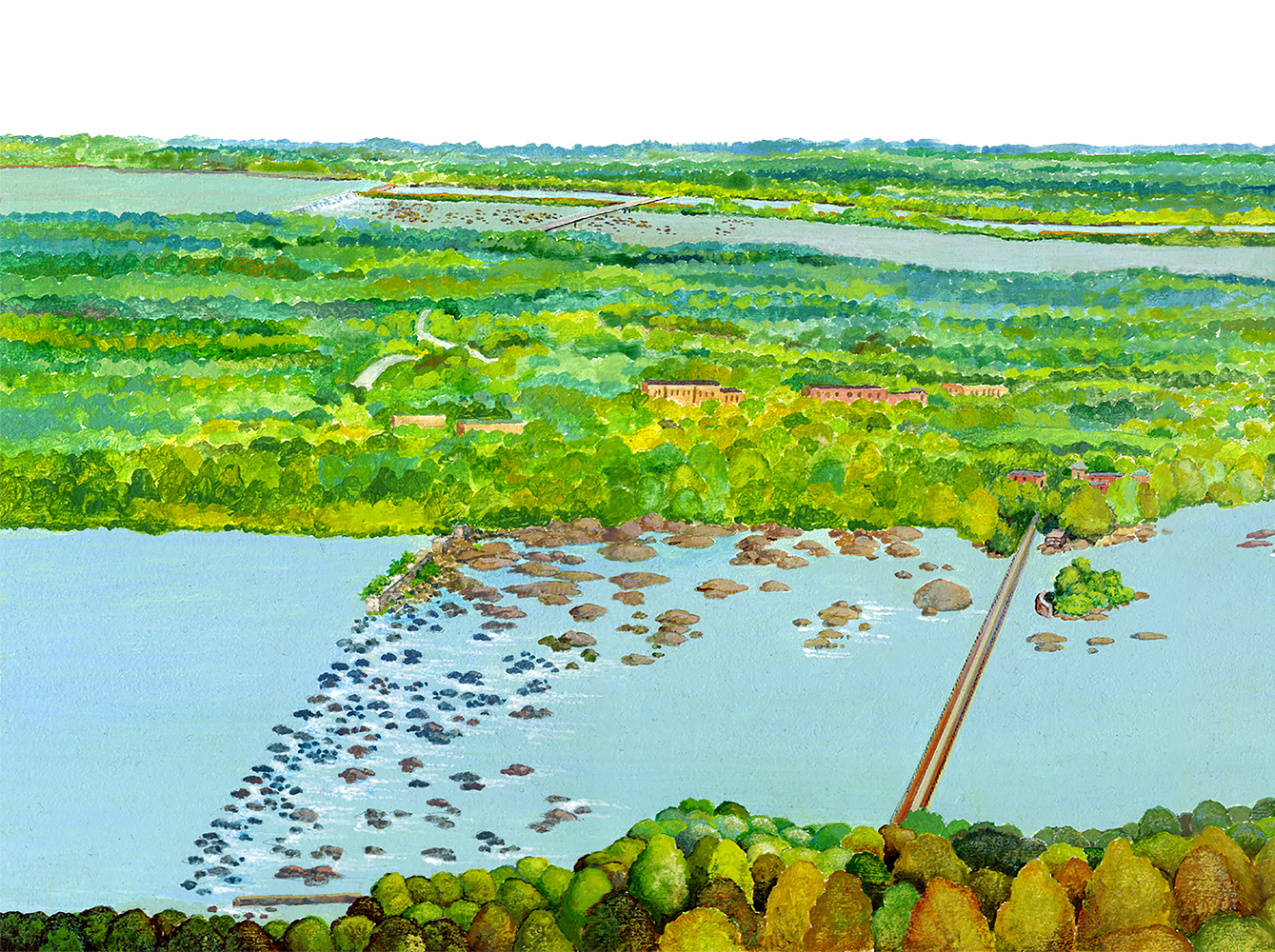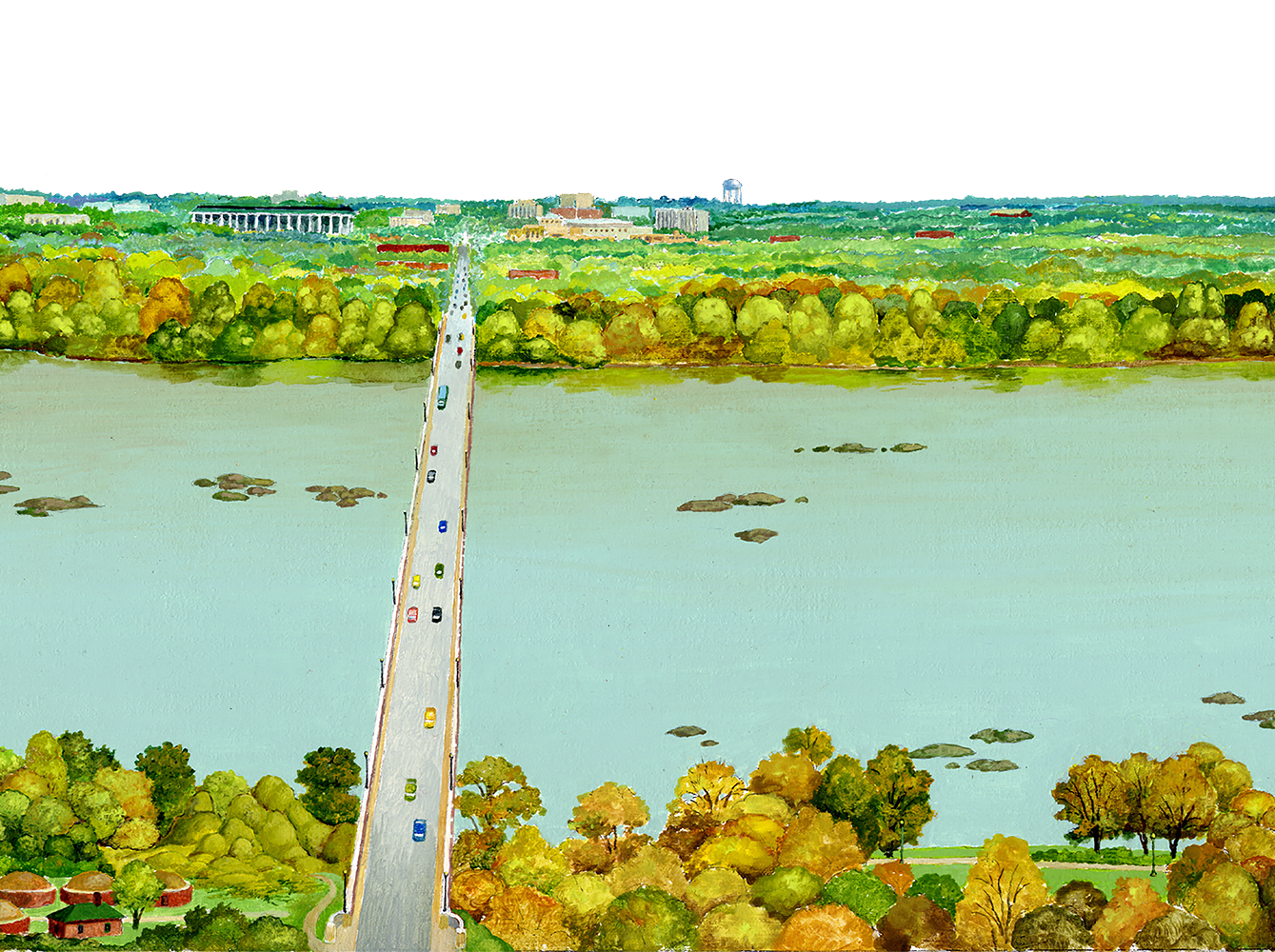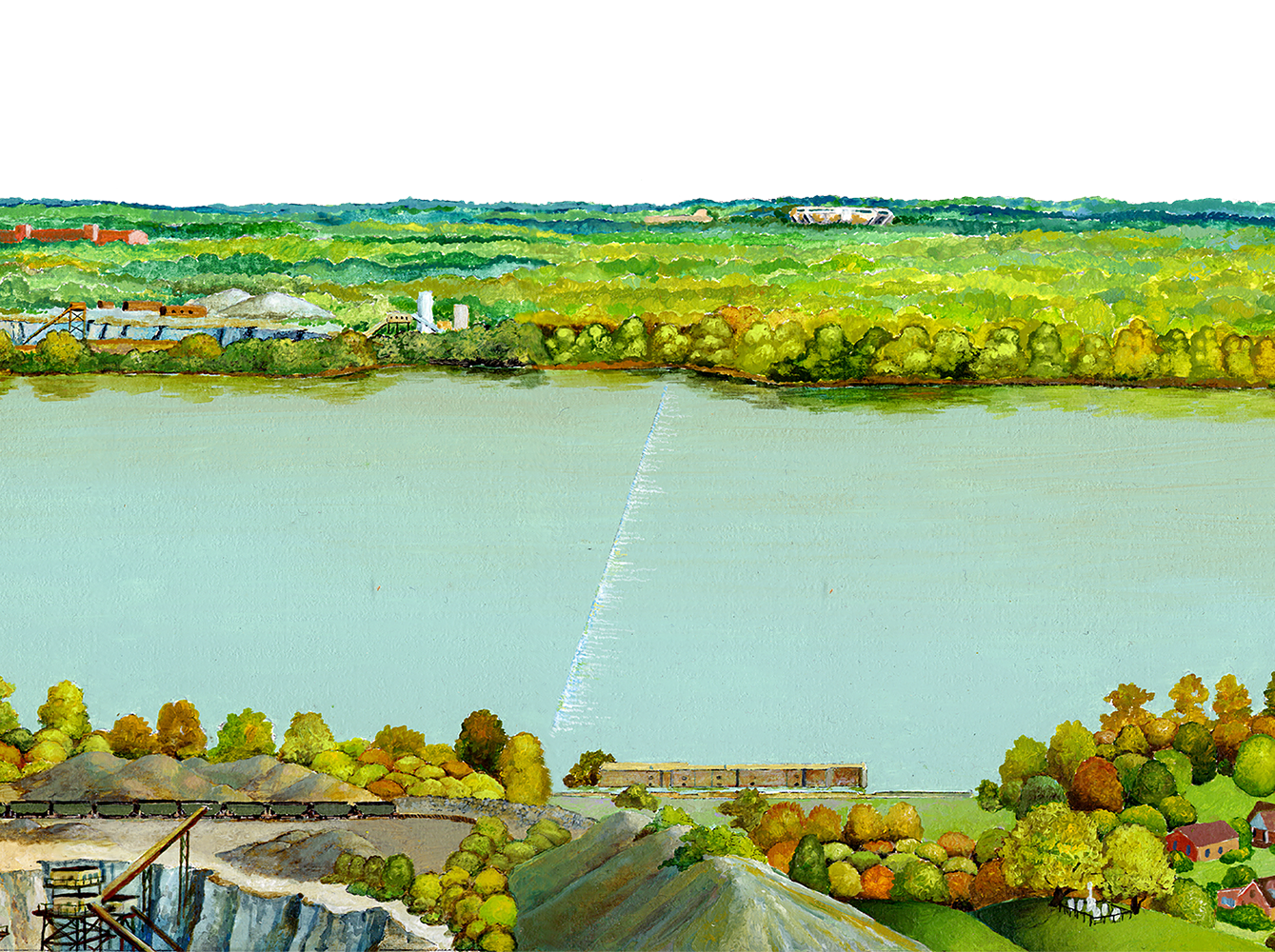A prisoner of the British troops at Fort Granby, eighteen-year-old Emily Geiger memorized the secret note she carried from American General Nathaniel Greene. Before her captors could search her, Emily swallowed the note, and, with no evidence of disloyalty, she was released. Emily continued on horseback over a hundred miles toward the camp of General Thomas Sumter. With the message delivered, the American generals rallied their forces to overtake the prized fort on the Congaree River.
Fort Granby, known as the "Cayce House," had many lives – as a trading post, a British stronghold, and family home. Today, a near replica of the building serves as the Cayce Historical Museum and a reminder of Columbia’s forbears.
The original trading post (1765), or Granby Store, served travelers moving through the backcountry along the Old State Road. At the post, Native Americans traded deer hides for metal axes and settlers stocked supplies for a long trip to the coast or mountains.
During the Revolutionary War, the trading post served as a recruiting station, paymaster, and supply hub for American armies. British troops seized the structure in 1781, and fortified it with trenches and earthworks. Colonial troops repeatedly laid siege to Fort Granby, recapturing it on July 4, 1781.
Wade Hampton (1754-1835), the original owner of the Granby Store, became a state legislator (1779-1786), and U.S. congressman (1803-1805) after the war. Hampton owned large tracts of farmland on the Congaree, part of which he sold to the emerging capital city.
After the Cayce family bought the house in 1817, it served as a private residence for the next 100 years. As the surrounding town of Granby declined, a new city named after the Cayce family took root. Bearing the scars of a cannonball from the Revolutionary War, and nearly 200 years of history, the “Cayce House” was demolished in 1952. Today, people can see a recreation of the house at the Cayce Historical Museum.










